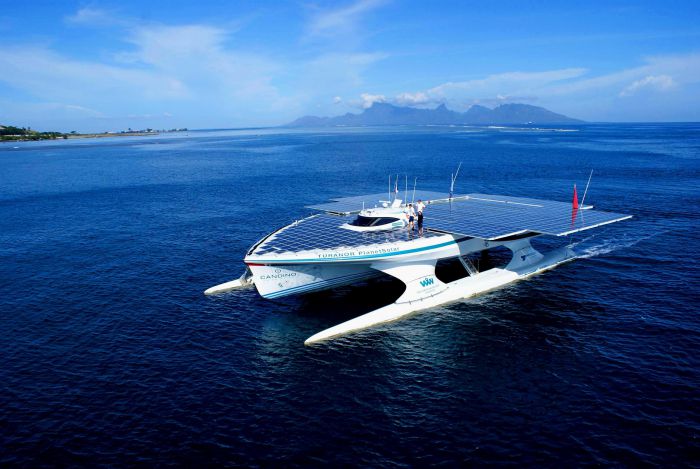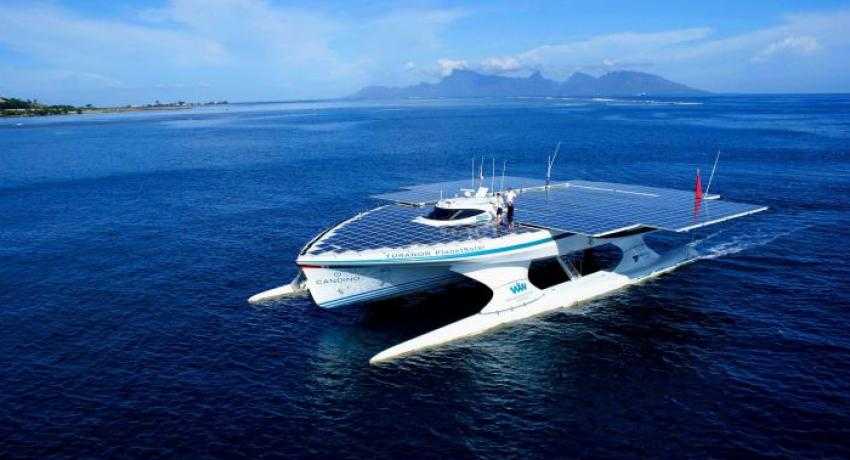Solar boat docks in Canada
 The crew on the world’s largest solar boat decided to turn a simple stopover in Nova Scotia into an educational and community outreach event.
The crew on the world’s largest solar boat decided to turn a simple stopover in Nova Scotia into an educational and community outreach event.
The Turanor PlanetSolar docked in Halifax, Canada on July 15 with plans to allow University of Geneva scientists to rotate research staff aboard the catamaran and load up with fresh supplies for the next leg of the solar-powered boat’s journey.
The ship's arrival created such a buzz that the crew decided to extend its stay in Halifax and offer some educational community events.
“The University of Geneva’s DeepWater scientific expedition and the MS Tûranor PlanetSolar admirably showcase the spirit of Swiss innovation, as well as the quality of research at our institutions,” said Beat Kaser. Consul General of Switzerland in Montreal. “Switzerland is proud to welcome PlanetSolar to Halifax, an ideal ambassador.”
The PlanetSolar left Europe in early June, breaking speed records on its Atlantic crossing to the United States. The boat left Boston on July 4 and zigzagged up the North American coastline collecting samples from the eddies of the Gulf Stream.
A research team from The University of Geneva commissioned the boat to carry scientists along the Gulf Stream to conduct climate research. The solar catamaran was an ideal vessel for the journey because it doesn’t have any emissions that could interfere with the group’s research, according to previous statements from research staff.
The trip was reorganized and shortened in Boston because it was going to be difficult to predict the ship’s arrival date in Iceland as the days grow shorter and cloudy weather was predicted to slow the journey. Since the scientists needed to trade out staff, that predictability proved more important than the originally chartered route.
“We moved away from the North American coast by performing a series of zigzags across the Gulf Stream to allow the scientists to intercept these vortices,” Ship Captain Gérard d’Aboville said in a statement.
This zigzagging eddy hunt allowed researchers to collect extensive data, both in the water and in the air, according to a release.
“In addition to the measurements taken in the ocean, we collected some interesting new data using instruments such as the Biobox,” said University of Geneva Professor Martin Beniston.
The biobox measures micro-particles in the air, also known as aerosols.
“We noticed a substantial increase in the number of aerosols as we got closer to Canada,” Beniston said.
He said he’s looking forward to researching the phenomenon further. The solar boat will leave from Halifax July 23.




